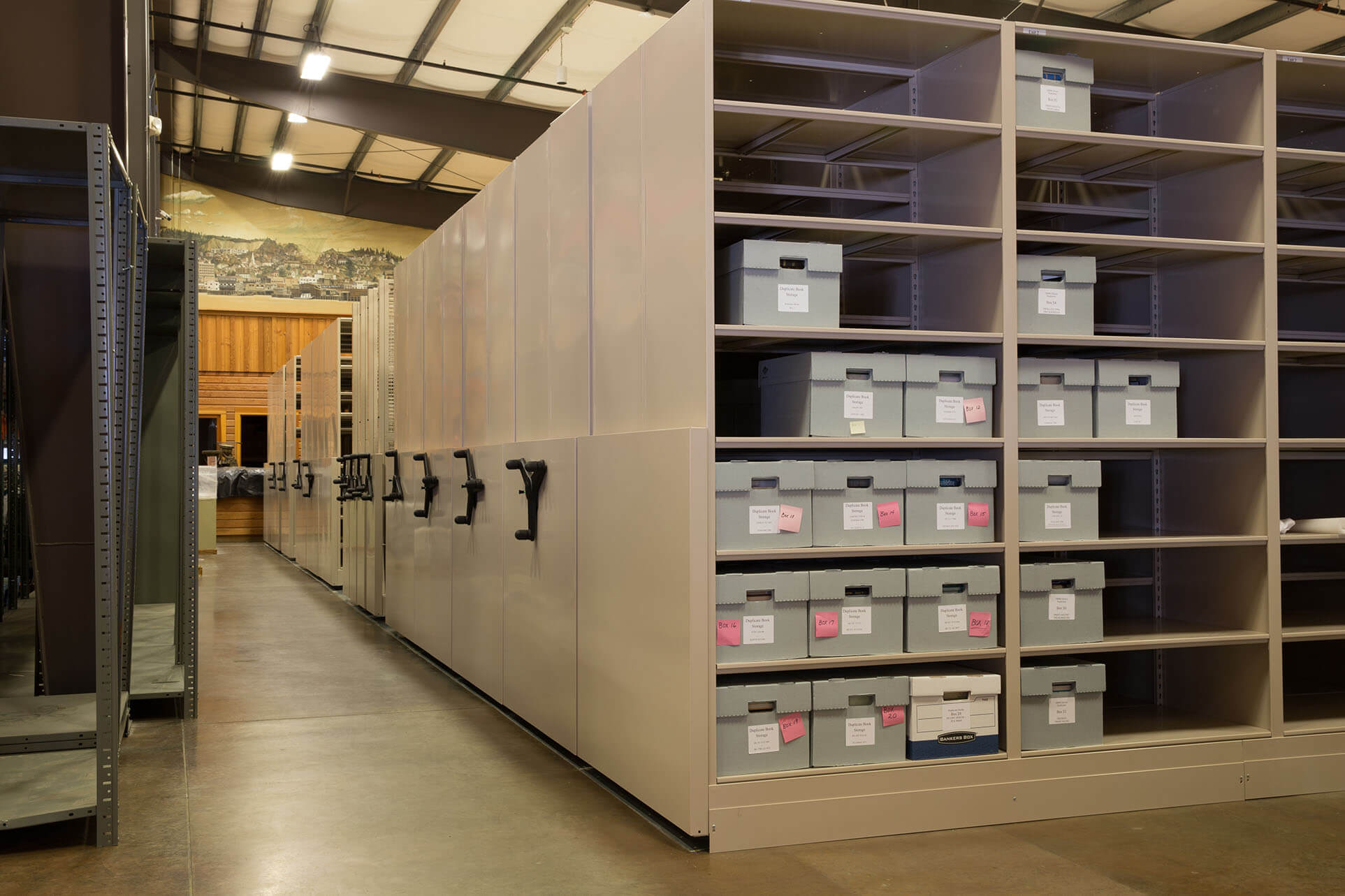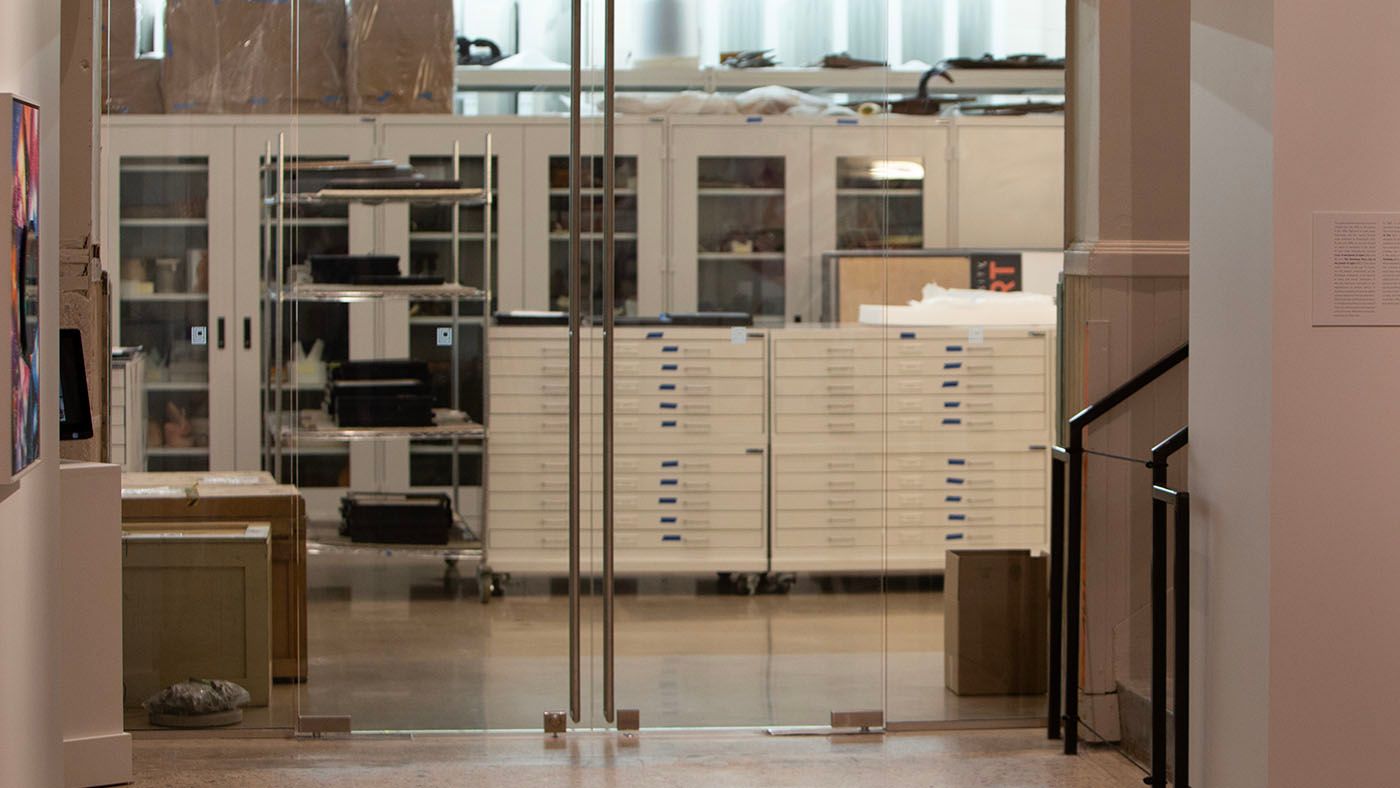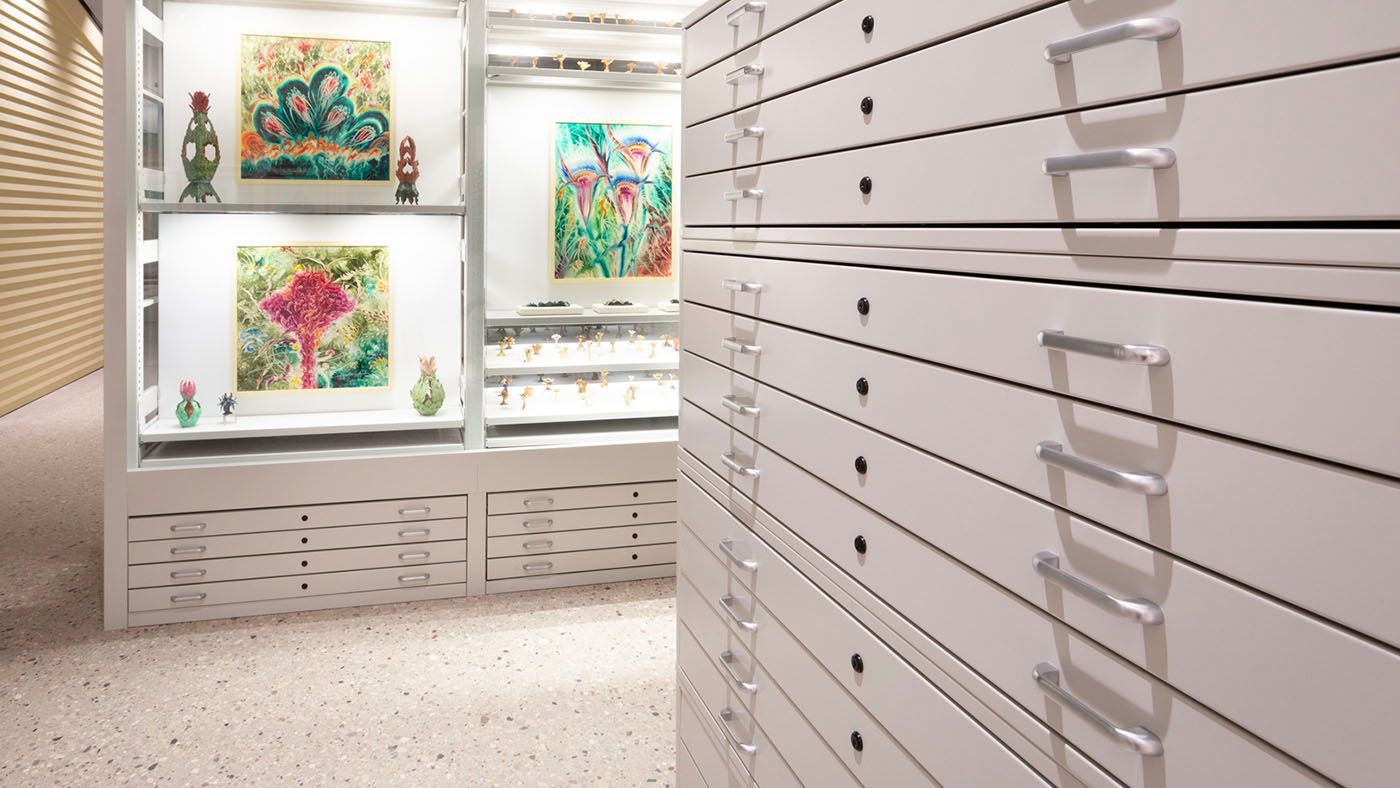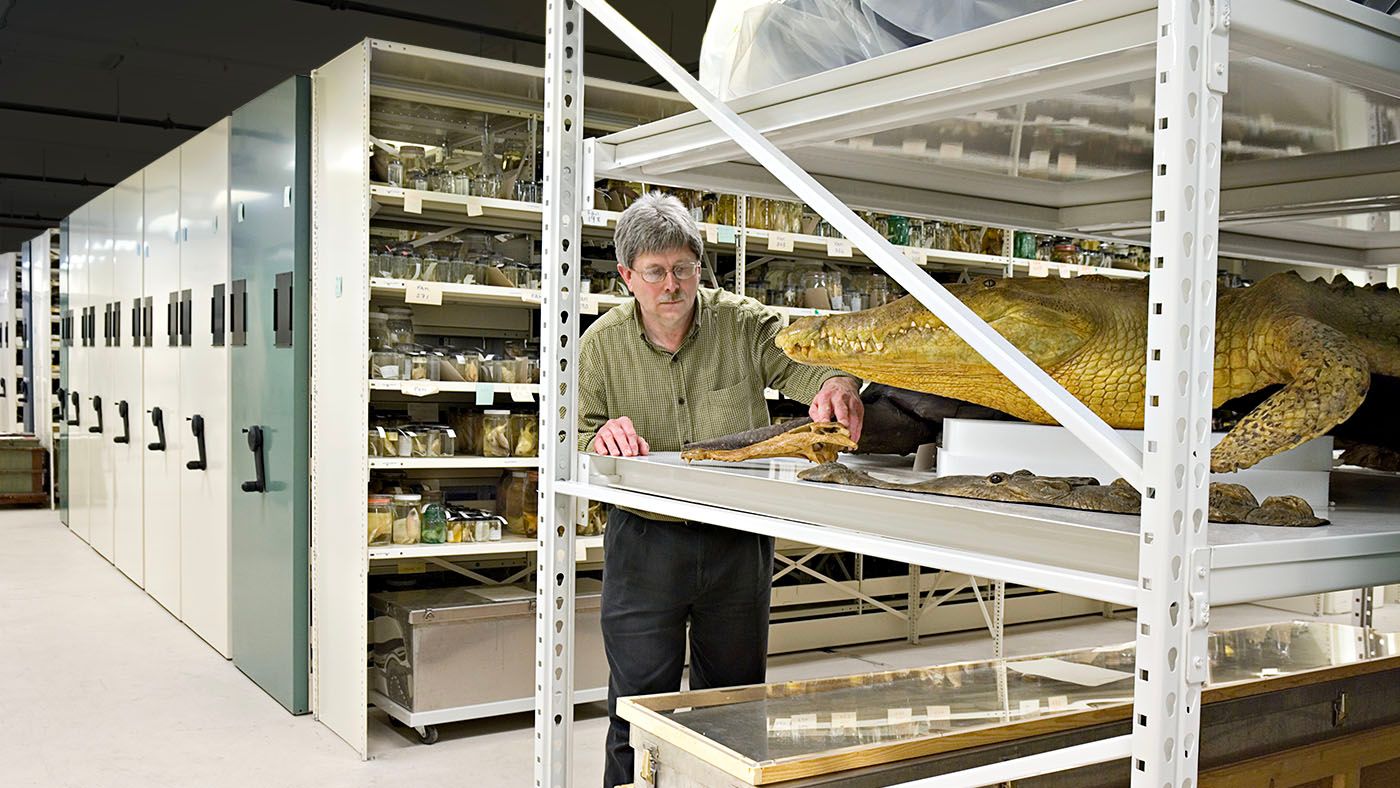6 Ways to Fund Collections Care
When significant collections storage renovations are needed how are you funding it?
Many museums rely on donations and memberships to fund their operating expenses and day-to-day maintenance needs. It can be difficult to raise funds, however, when significant collections storage renovations are urgently needed to ensure the long-term care of collections.
This can be an especially difficult challenge for small museums and those housed in historical — or downright outdated — buildings. Here are some options for acquiring funding that supports your long-term collections management goals while balancing your short-term financial needs.
1. Do the Project in Stages to Garner Support
If you are relying on any type of non-grant funding to support your project (such as private donations), sticker shock can bring even the most urgent projects to a halt. Instead of bringing a big, intimidating budget number to the board, work in phases.
Secure the funding for one small storage area, cabinet, or small compactor. Use the positive results from that initial investment to make the case for the next phase. Even if you don’t have any funding right now, getting drawings of the updated space can help make the need more tangible for stakeholders.

Columbia River Maritime Museum
The Columbia River Maritime Museum installed a Spacesaver compactor system to store ship models and other smaller items in its collection. The system offers plenty of storage space at the moment, but the collection is always growing and staff is already anticipating the need for taller shelving. This will allow the museum to take full advantage of the building’s vertical space — and give staff time to fundraise for the project.
2. Major Gifts
Because collections storage plays such a direct and important role in collections care, donors are typically more willing to consider major gifts that will be used for high-quality cabinets and other enduring storage goods. If your organization is not already soliciting major gifts, start developing a plan today to solicit and secure them.
Planning a Major Gifts Campaign
A. Identify your major prospects. Your board should be able to help you identify members of the community who understand your institution’s mission and are likely to want to help.
B. Develop a plan. Think about your institution’s needs and be sure that you can justify any expenses. Consider not only whom you will need to cultivate for donations, but also who would be the best person to reach out to each potential donor, and develop a timeline to coordinate efforts. Think about inviting prospective donors to get a “behind the scenes” look at the current state of collections storage. Be sure to have a way to track conversations and all other interactions with potential donors.
C. Prepare to make an effective request:
- Engage with their interests: Refer to notes from earlier conversations to determine what is most important to each prospect. Be ready to show prospects that you understand their interests and that your use of their gift will be in line with those interests.
- Prepare an Irresistible Proposal: Show the prospect exactly how and why their gift will benefit the institution. Ask for a specific amount and justify every dollar. The more detailed your proposal, the better: Show photos and drawings of products, renovations, and other improvements.
- Be Ready with Plan B and C: Be ready to present other options if the prospect does not feel that your request is a good fit. Be ready to share information about other projects, various timelines (a gift disbursed in several installments, for instance), and planned giving opportunities.

Museum Storage Solutions
Museum Storage Solutions

3. Apply for a Grant
This may seem obvious, but a well-written grant can help make most types of collections storage projects feasible. There are two main roads to securing collections stewardship grants.
- Apply first for a grant to hire the necessary consultants to better assess your storage needs, create a plan, and outline a budget. Assuming this grant gets funded, you can then apply for a grant to execute the plan the following year.
- Assuming you already have a detailed plan and nearly accurate budget for the project, you can skip the first step and just apply for the grant to fund the execution of your project.
- Spacesaver’s local space consultants will visit and measure your space, understand your needs, and help you create a plan for the products you’ll need. They can even provide budgetary numbers and drawings to bolster your grant application.
3 Tips for Writing a Good Grant Proposal
A. Ensure you fully understand what the mission of the grant is and what it can and cannot be used for. Speak specifically to how your project will support that mission in the proposal.
B. Get the data first. Conduct studies, interview employees and visitors, and measure anything relevant to your project before you apply. For a collections storage project, this might be number of objects, time it takes to retrieve objects, data about exposure to light, humidity, or chemicals, or other data regarding how your collections are not currently being properly cared for. This data not only provides a baseline to measure against, but also provides objective proof of your need.
C. Remember the elements of a good proposal:
- Project justification: Why do you need this? How did you identify this need? What data do you have to support this? Who will benefit?
- Work plan: What specific activities will you carry out and who will do them? When will they happen? Who will manage the project?
- Project results: How will the care, condition, management, access to, or use of museum collections improve? How will you measure this? How will you sustain this benefit?
4. Events
Blockbuster exhibitions and other special events are a great way to raise awareness of an institution’s important work. Some museums have started hosting new classes, “Night at the Museum” parties, and other creative events to increase community engagement.
Also consider special tours of collections storage areas and conservation work areas for board members and other potential donors.
5. Deaccessioning
If you have deaccessioned objects that are no longer relevant to your collection, the funds from deaccessioning can ethically be used for the direct care of collections. As defined by AAM, direct care includes any project that makes “physical or immediate impact on object that increases its cultural or scientific value, thus prolonging its useful life” and is not part of a museum’s operating budget.
Updated museum cabinets, shelving, and compactors typically fall within the category of direct care of collections, assuming the project is not typically part of the operating budget.
6. Cooperative Purchasing Agreements
Most museums are eligible for the substantial cost savings and streamlined purchasing process offered by cooperative purchasing vehicles. Our products are available for purchase on Sourcewell, OMNIA Partners, GSA, and various state contracts.
Next Up in Museums


Secure and Preserve Your Art Collections with Premium Museum Storage Cabinets
Read On
Storage solutions for preserving historical artifacts in limited spaces.
Read On
How the right storage solutions can help mitigate damage and preserve history.
Read On